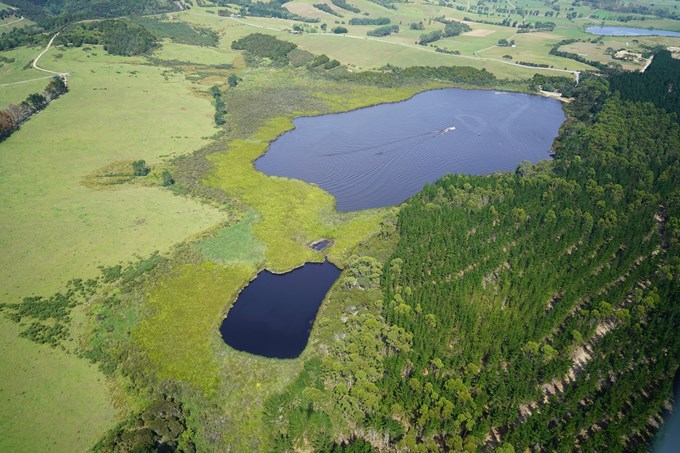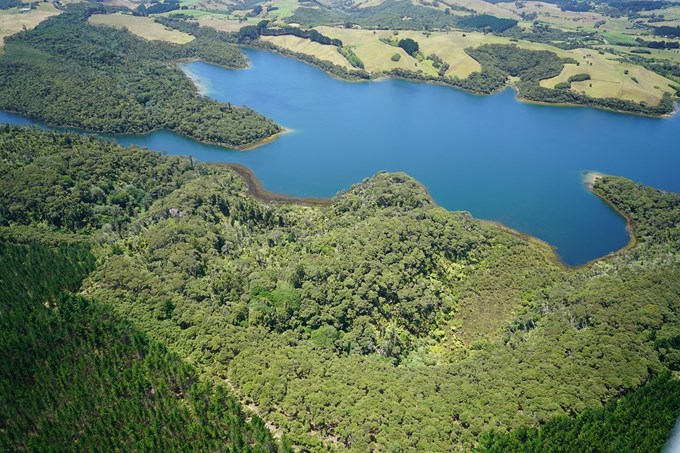We don’t have many lakes in the Auckland region but Tomarata near Wellsford and Rototoa, South Head, are the dual jewels in the crown and are both relatively ‘unspoiled’ lowland lakes.
But they’re showing troubling signs of stress.
However, thanks to Aucklanders’ support for the environmental targeted rate, we have the chance to reverse that trend and bring these lakes back from the brink.
The strong support received for Auckland Council’s Regional Pest Management Plan to manage freshwater pests is encouraging and now our first step is to understand the health of the lakes by investigating what’s going on and decide what we can do to help.
Recent monitoring data revealed these two gems have undergone a significant transformation for the worse - water clarity and health of the aquatic plant life in both lakes is declining.
And the reason?
Aquatic plants are a great indicator of lake health. As with land-based plants, aquatic plants don’t do well without sunlight and, in lakes under stress, they have to compete with algae for ever-diminishing light levels.
Charophyte, the deepest occurring of the native aquatic plants are now covering a much smaller area of lakebed in Lake Rototoa than they have in the past and in Lake Tomarata they’ve all but disappeared.
Auckland Council’s freshwater ecologist Matt Bloxham says, “When we undertook the research, we expected to find that hornwort, an invasive aquatic plant, had spread further around the lake. However, what we found was the area lakebed hornwort occupies has reduced significantly.
"Where ordinarily a reduction in invasive plant cover might come as welcome news, in this case it set alarm bells ringing because the depth of all aquatic plants had reduced and there were signs of pest fish foraging on the lakebed.”

When present in large numbers, microscopic algae ‘join hands’ and bloom; this turns a lake green and reduces the amount of light available to aquatic plants to the point where the deepest-occurring ones begin to disappear.
Long-lived algal blooms are becoming more prevalent in these and other lakes in the region. Blooms can be caused by an increase in nutrient concentrations in a lake but algae can also multiply when large numbers of pest fish feed on the zooplankton that ordinarily graze the algae, much like cows do pasture.
The native fish and aquatic plants in both lakes are on life support and we need to reduce the rate of decline and stabilise the lakes. Lake Rotoroa is the last stronghold of charophyte meadows and we need to act urgently to preserve it.
“We need to quickly get our heads around which of the nutrients or pest fish are causing the algae to become more dominant and whether the key to success is maintaining pest fish at low levels in the lakes,” says Matt. “Either way, it would be most unfortunate losing these aquatic habitats and taonga.”
As the research and pest management continues, the hope is these lakes will return to good health.


